
Security engineering manager by day, hacker by night. Sharing my ideas and learnings about RF, SDR, Hardware Security, Radar, and books. DF2HF
How to get URL link on X (Twitter) App

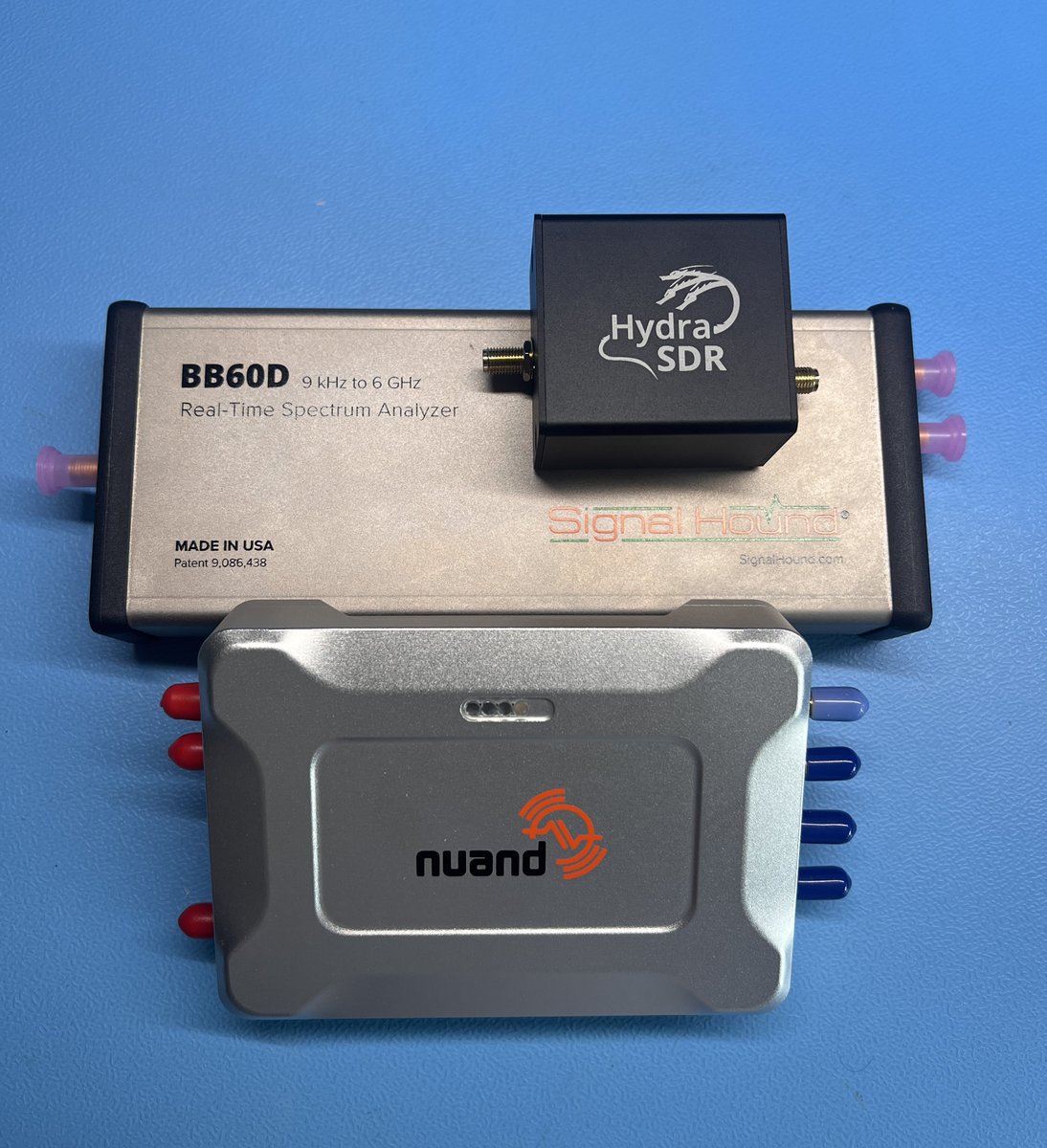
 Before we start, I have to clarify that this is for beginners and I have to oversimplify a few things.
Before we start, I have to clarify that this is for beginners and I have to oversimplify a few things.https://twitter.com/mehdihacks/status/1920582579758989507
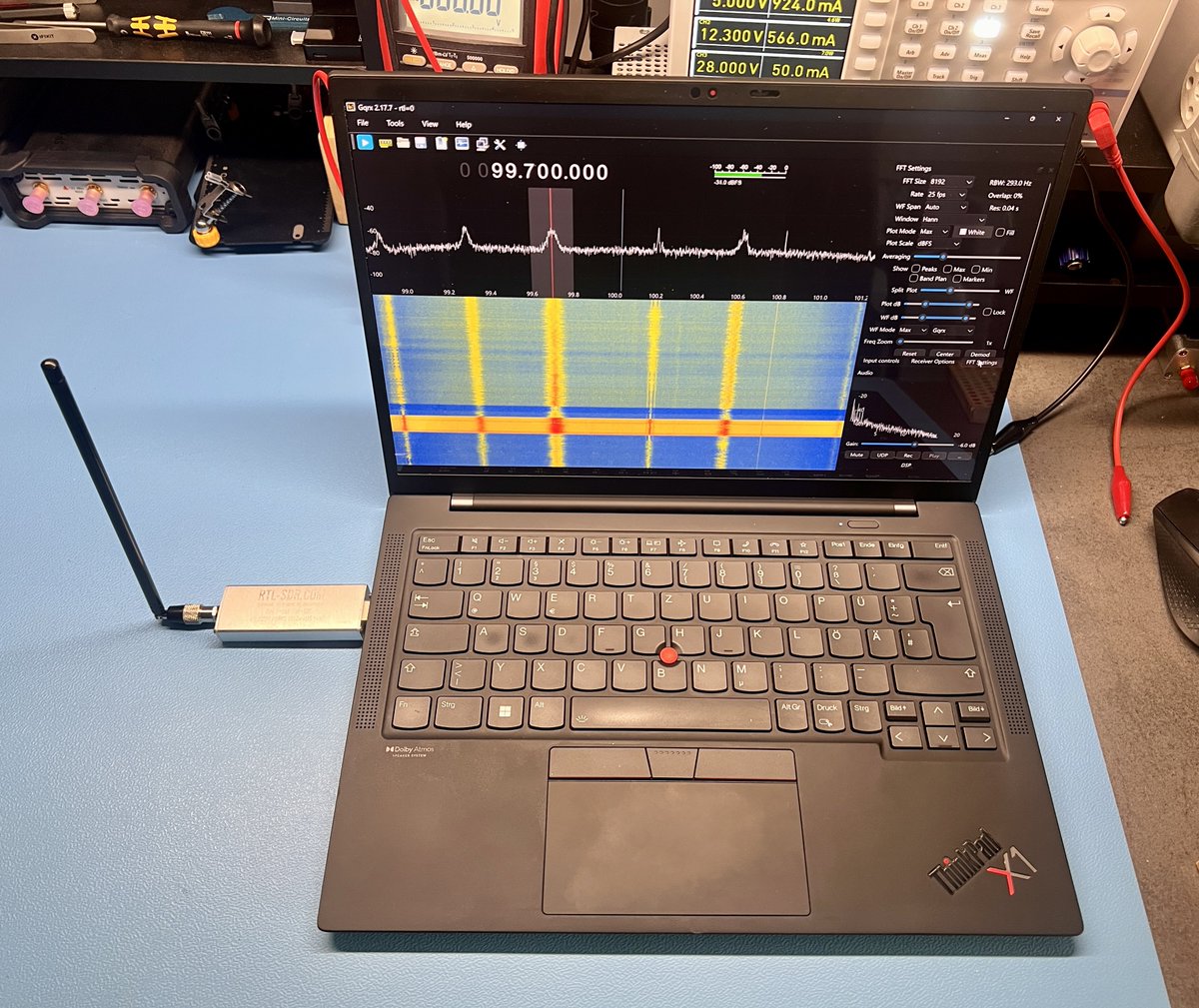
 Like any other hobby or field, you have to ask yourself what you want to achieve by getting into it.
Like any other hobby or field, you have to ask yourself what you want to achieve by getting into it. 
 An ideal system (e.g. an ideal amplifier) will simply do what it’s supposed to do with the signal (e.g. amplify) without adding any noise, but in the real world, there are multiple sources of internal and external noise that will impact a signal.
An ideal system (e.g. an ideal amplifier) will simply do what it’s supposed to do with the signal (e.g. amplify) without adding any noise, but in the real world, there are multiple sources of internal and external noise that will impact a signal.

 Disclaimer: I need to oversimplify many concepts, and also omit/skip some advanced ones. This is a huge topic that can’t be covered in a few posts, and my target audience is beginners.
Disclaimer: I need to oversimplify many concepts, and also omit/skip some advanced ones. This is a huge topic that can’t be covered in a few posts, and my target audience is beginners.

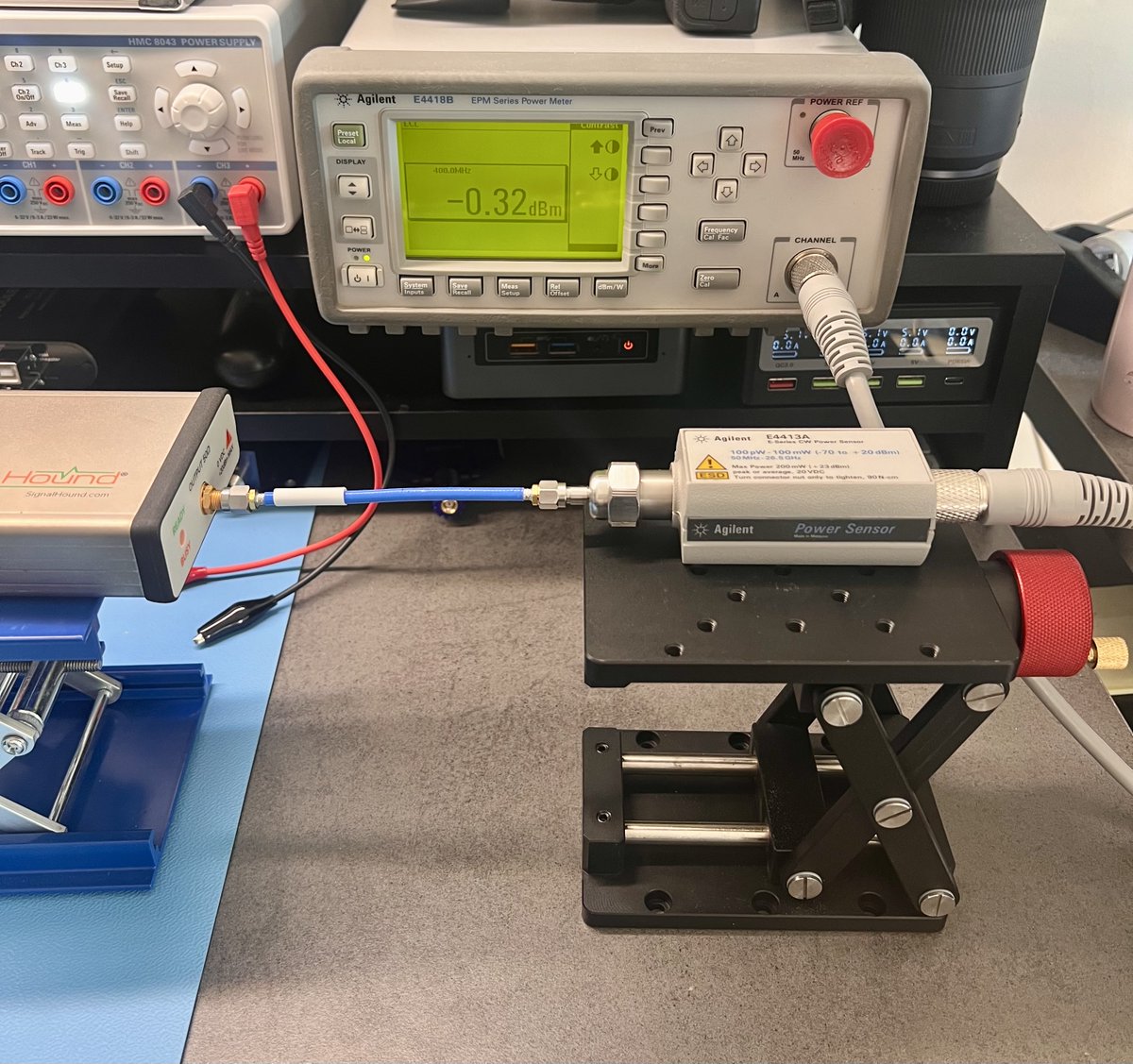
 First of all, why do we need to measure a signal’s power with a power meter, if we can “see” the signal on the spectrum analyzer, which also shows the amplitude?
First of all, why do we need to measure a signal’s power with a power meter, if we can “see” the signal on the spectrum analyzer, which also shows the amplitude?
 As the name suggests, mixers are used to “mix” signals. But what does “mix” mean in this context?
As the name suggests, mixers are used to “mix” signals. But what does “mix” mean in this context?


 An attenuator is a passive component that “attenuates” a signal’s amplitude, ideally not impacting its other parameters like frequency. Let’s say you have a 0dBm signal and connect it to an attenuator , and let’s say your attenuator is 20dB. In this case, you’re going to get a -20dBm signal after attenuation. It may not be exactly 20dB of attenuation, because attenuators like any other component or circuit, have some tolerance (let’s say +-0.5dB)
An attenuator is a passive component that “attenuates” a signal’s amplitude, ideally not impacting its other parameters like frequency. Let’s say you have a 0dBm signal and connect it to an attenuator , and let’s say your attenuator is 20dB. In this case, you’re going to get a -20dBm signal after attenuation. It may not be exactly 20dB of attenuation, because attenuators like any other component or circuit, have some tolerance (let’s say +-0.5dB)

 What an amplifier does is in the name: it amplifies the signal (increasing the amplitude). Let’s say you have a -20dBm signal, and you need to make it 0dBm. So you use an amplifier that can add 20dB of gain at that frequency.
What an amplifier does is in the name: it amplifies the signal (increasing the amplitude). Let’s say you have a -20dBm signal, and you need to make it 0dBm. So you use an amplifier that can add 20dB of gain at that frequency.




 2nd batch:
2nd batch:

https://twitter.com/MehdiHacks/status/1865460523875418250

 1. Obviously the easiest way is to use a graphical SDR app. There are many:
1. Obviously the easiest way is to use a graphical SDR app. There are many:

 1. PySDR: an online textbook with 22 chapters (so far), teaching the SDR and DSP concepts using Python. Very educational, with lots of code samples and diagrams and also using real world SDRs like PlutoSDR.
1. PySDR: an online textbook with 22 chapters (so far), teaching the SDR and DSP concepts using Python. Very educational, with lots of code samples and diagrams and also using real world SDRs like PlutoSDR.
 1. Use a torque wrench for your SMA connectors. It protects the connector from over-tightening and ensures consistent force, reducing wear.
1. Use a torque wrench for your SMA connectors. It protects the connector from over-tightening and ensures consistent force, reducing wear.

 Let's first talk about some basic concepts and keywords
Let's first talk about some basic concepts and keywords
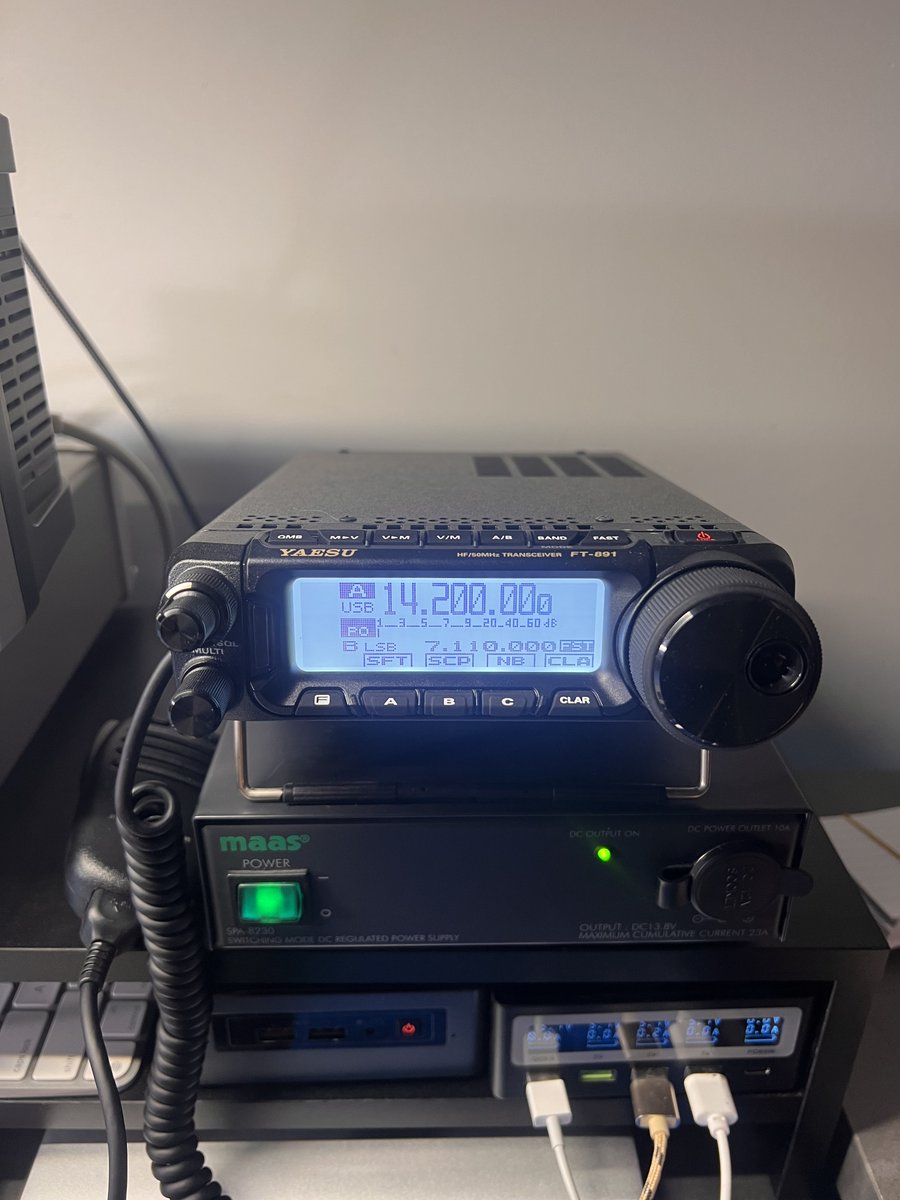
 There are 2 things to consider:
There are 2 things to consider:
 3. Network/antenna analyzer: used for testing some RF components and accessories like attenuators, filters, antennas etc.
3. Network/antenna analyzer: used for testing some RF components and accessories like attenuators, filters, antennas etc.
 2FA: Short for 2-factor authentication. It can act as a hardware 2FA. Similar to YubiKey.
2FA: Short for 2-factor authentication. It can act as a hardware 2FA. Similar to YubiKey.
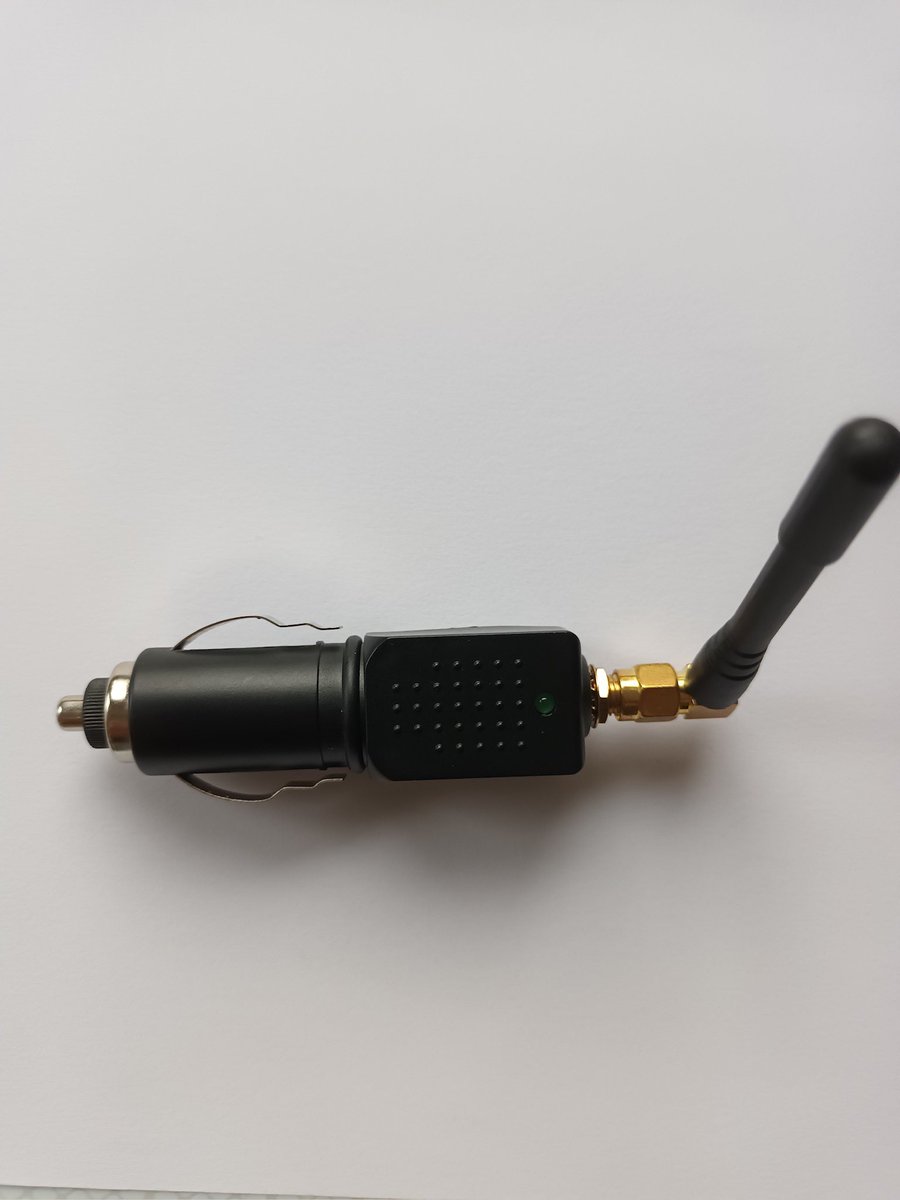
 The GPS jammer in this thread, is sold on Amazon and AliExpress under different titles, but it's mainly to be used in cars (there are also more powerful handheld models covering multiple frequencies with higher power, to jam mobile signals)
The GPS jammer in this thread, is sold on Amazon and AliExpress under different titles, but it's mainly to be used in cars (there are also more powerful handheld models covering multiple frequencies with higher power, to jam mobile signals)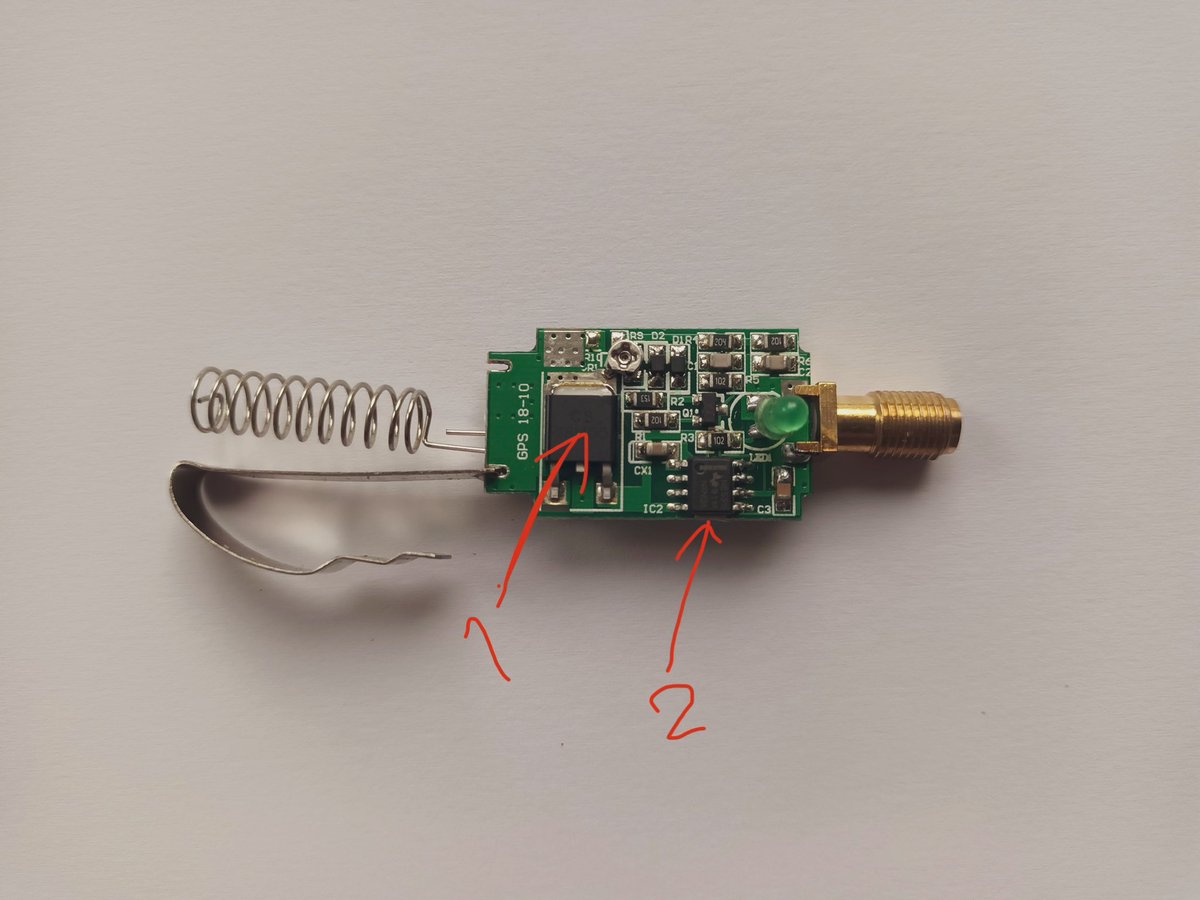

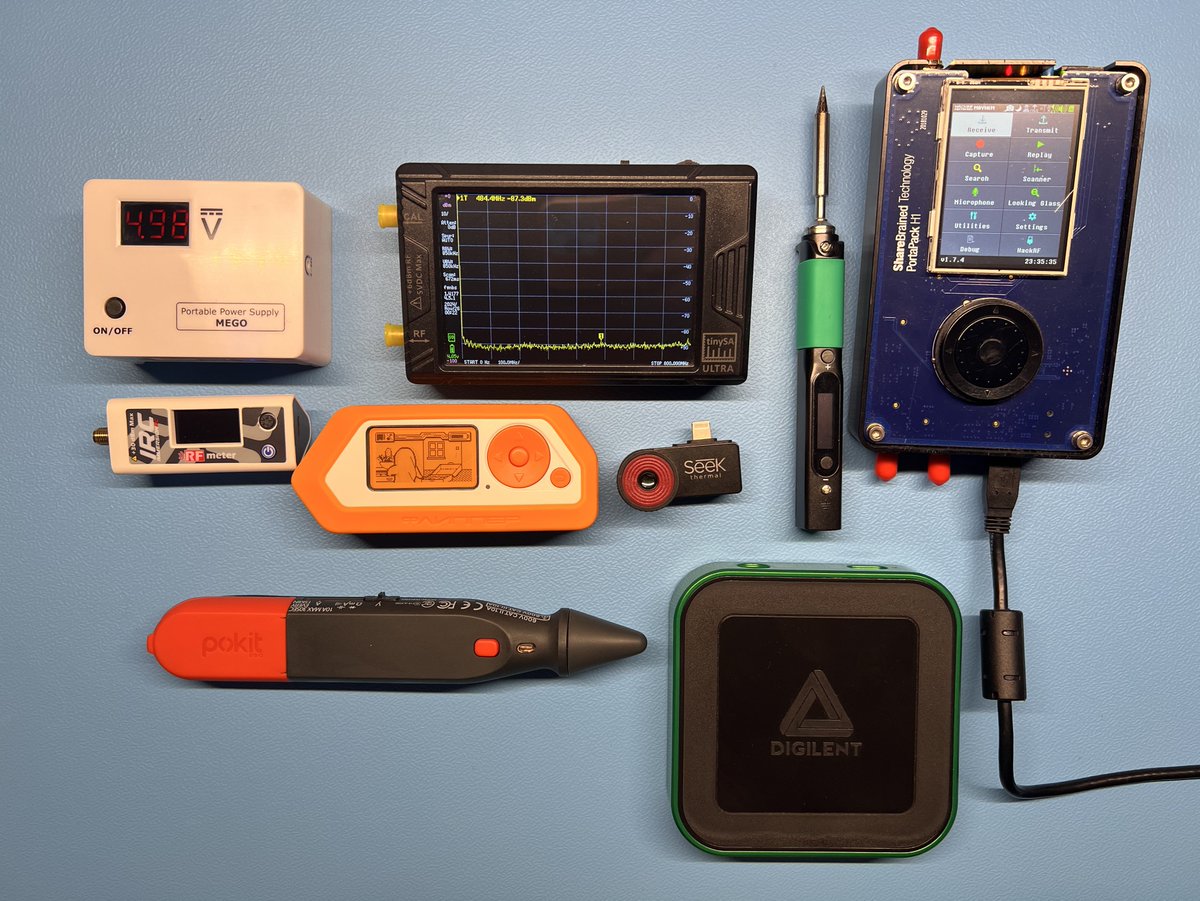
 1. Pokit Pro: portable oscilloscope/multimeter/logger. Needs a phone to work (doesn't have display). Uses Bluetooth to connect.
1. Pokit Pro: portable oscilloscope/multimeter/logger. Needs a phone to work (doesn't have display). Uses Bluetooth to connect.




 2. There is no correct way to do things. Sort your tools and place them on the desk (or not) based on your work's requirements. Someone working on FPGA or embedded systems has much different requirements than someone repairing RF equipment, than someone building robots.
2. There is no correct way to do things. Sort your tools and place them on the desk (or not) based on your work's requirements. Someone working on FPGA or embedded systems has much different requirements than someone repairing RF equipment, than someone building robots.